Is the cell phone signal good or not, what are you looking at?
When we say that a mobile phone signal is good or bad, we often only look at the baseband. But this is actually a misunderstanding. The quality of the smartphone signal is actually affected by a series of factors.
The first is the baseband. It is responsible for converting the text, voice, pictures and other digital signals of mobile phones into analog signals that can be transmitted in the air. This is the first step in the Long March of Information.
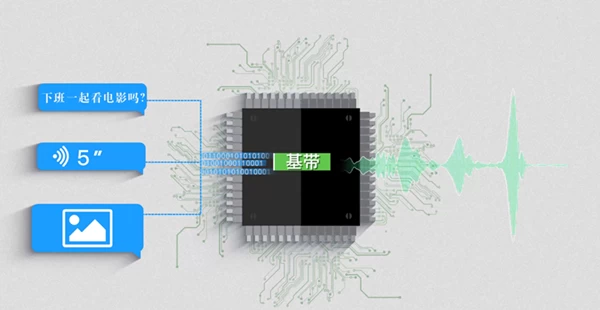
However, baseband-converted signals are usually extremely weak. If we send this signal directly into the air, it will sink into the sea. So, we also need to zoom in on it.
Amplification of the signal requires a power amplifier, similar to this common amplifier.

Flip the switch on, and it can amplify faint sounds. But the problem is that sometimes we only need 60 decibels of sound, and sometimes we only need 20 decibels, and the amplifier directly gives us 100 decibels. In the mobile phone, if you do the same, the battery life will definitely collapse.
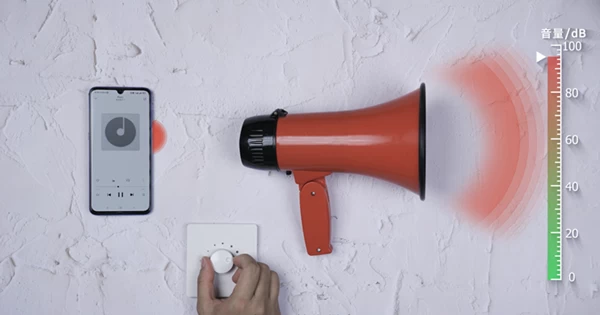
Therefore, we need to add a dynamic adjustment knob to adjust the power required by the speaker to play the volume. If the sound is loud, then more power is supplied, and the sound is low, less power is supplied. In mobile phones, similar devices are called envelope trackers.
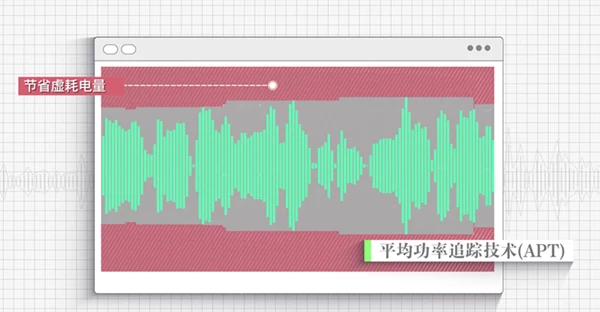
There are two commonly used signal envelope tracking techniques. The first is average power tracking, which matches the power supply based on the average signal strength over a period of time. In this way, the virtual power consumption of the red part is saved.

However, since it is called average, it means that there is still waste. In order to squeeze out the power of the yellow part, engineers have developed another "envelope tracking" technology, which can adjust the power in real time and dynamically according to the strength of the signal, which is very accurate and saves more power.
After the signal amplification is completed, the radio frequency needs to be "connected" with the antenna before it can be finally transmitted. One of the jobs is the impedance matching between the two.

If we compare the RF and the antenna to two water pipes, the signal (water) should flow from the left pipe to the right pipe, and the faster the better. In the ideal situation, the two pipes have the same diameter (resistance) and the positions (resistance) are perfectly aligned. At this time, all the water (signal) can flow out unimpeded.
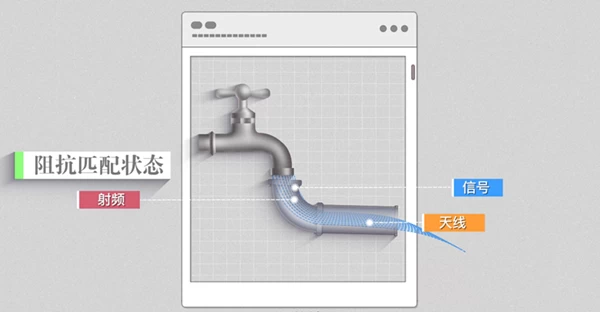
But the actual situation is often not so ideal. The diameter of the right water pipe will suddenly become thicker or thinner, or change its position due to human hand holding, surrounding electromagnetic interference, etc.
At this time, a part of the water (signal) will be "backflowed" directly back to the left water pipe (radio frequency), without flowing to the right water pipe (antenna) at all; another part of the water (signal) will be lost, resulting in the amount of water that eventually flows to the right water pipe (antenna). (signal strength) becomes smaller.
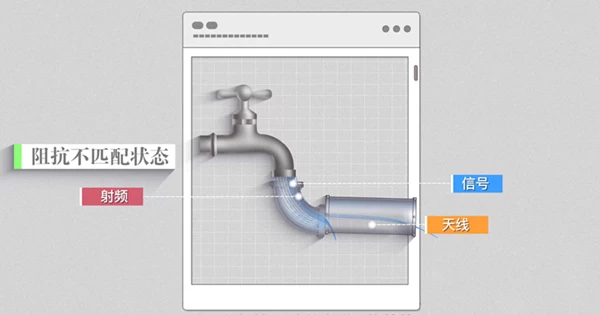
Therefore, RF manufacturers will do a large number of tests in different scenarios such as human hand holding and mobile phone charging during the research and development period to help the RF predict the obstacles that may be encountered in advance, so as to "connect" with the antenna better and faster, and ensure two "water pipes". "Be able to connect accurately.
But the problem is that people's hands are big and small, and there are countless permutations and combinations of positions and strengths that each person is used to holding. The lab can simulate several typical scenarios, but cannot fine-tune all the possibilities.
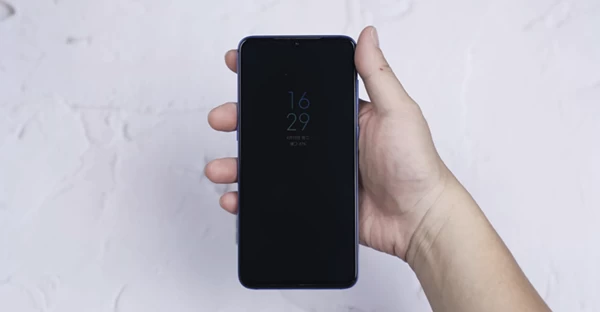
Indecisive, quantum mechanics; sensitivity does not increase, artificial intelligence. The Qualcomm Snapdragon X65, released in February this year, introduced AI-assisted signal enhancement technology. Using AI training models and big data analysis, it detects different scenarios in which users hold the terminal, and dynamically tunes the antenna in real time, improving the accuracy of situational awareness by 30%.
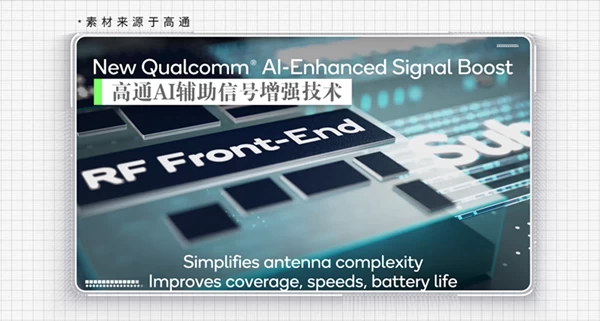
This is equivalent to connecting a hose between two water pipes. No matter how the diameter and position of the water pipes change, the middle hose can ensure that the water (signal) can flow smoothly from the left water pipe to the right water pipe.

Mobile communication is a systematic project. Whether it is envelope tracking or new technologies such as AI-assisted signal enhancement, it is necessary to work closely with various parts such as baseband, RF front-end, and antenna.
In the past, these components were often sourced from different suppliers, just like a few soldiers who lacked command. Everyone fought independently, and it was difficult to achieve perfect cooperation.
This is why, starting from previous generations of products, Qualcomm's strategy has been adjusted to provide integrated solutions such as baseband, radio frequency, and antenna, that is, the Snapdragon 5G modem and radio frequency system.

Using a highly integrated solution can make the cooperation between components more closely, making the mobile phone smaller in size, longer in battery life, and have better signal performance.



